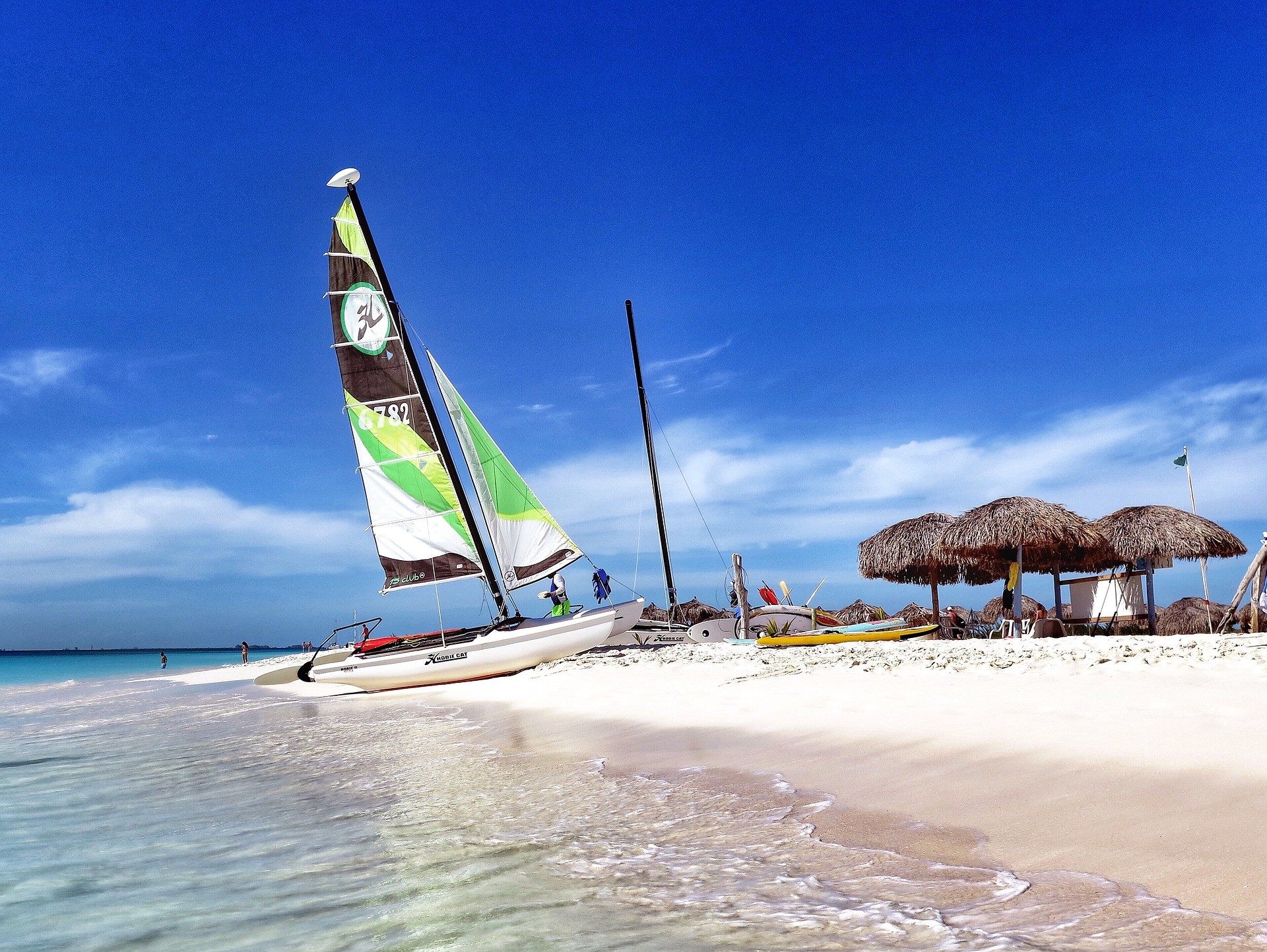Cuba Travel Guide
Cuba is the largest Caribbean island lies 90 miles south of Florida.
Most tourists coming to Cuba are looking to spend time on the attractive white sand beaches that are scattered along the country’s north coast and nearby islands. Inland there are crocodile-infested swamps, abandoned coffee plantations and rugged mountains.
Its colonial cities such as Old Havana, a UNESCO World Heritage Site, transport you back in time, staying mainly untouched form the time there were pirates stalking the Caribbean.
